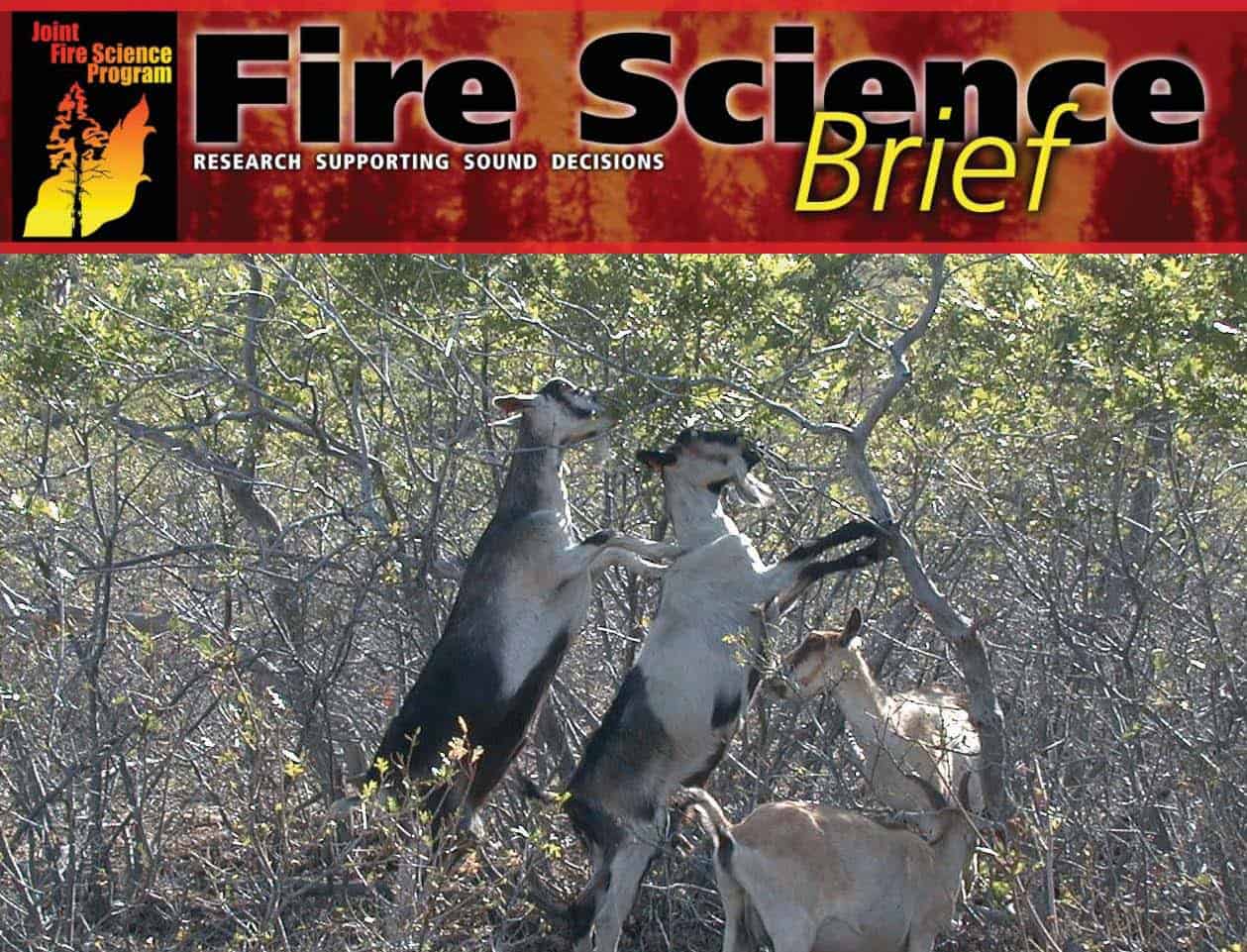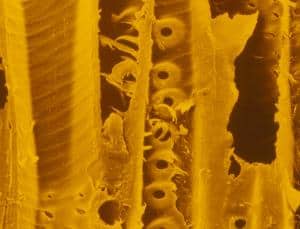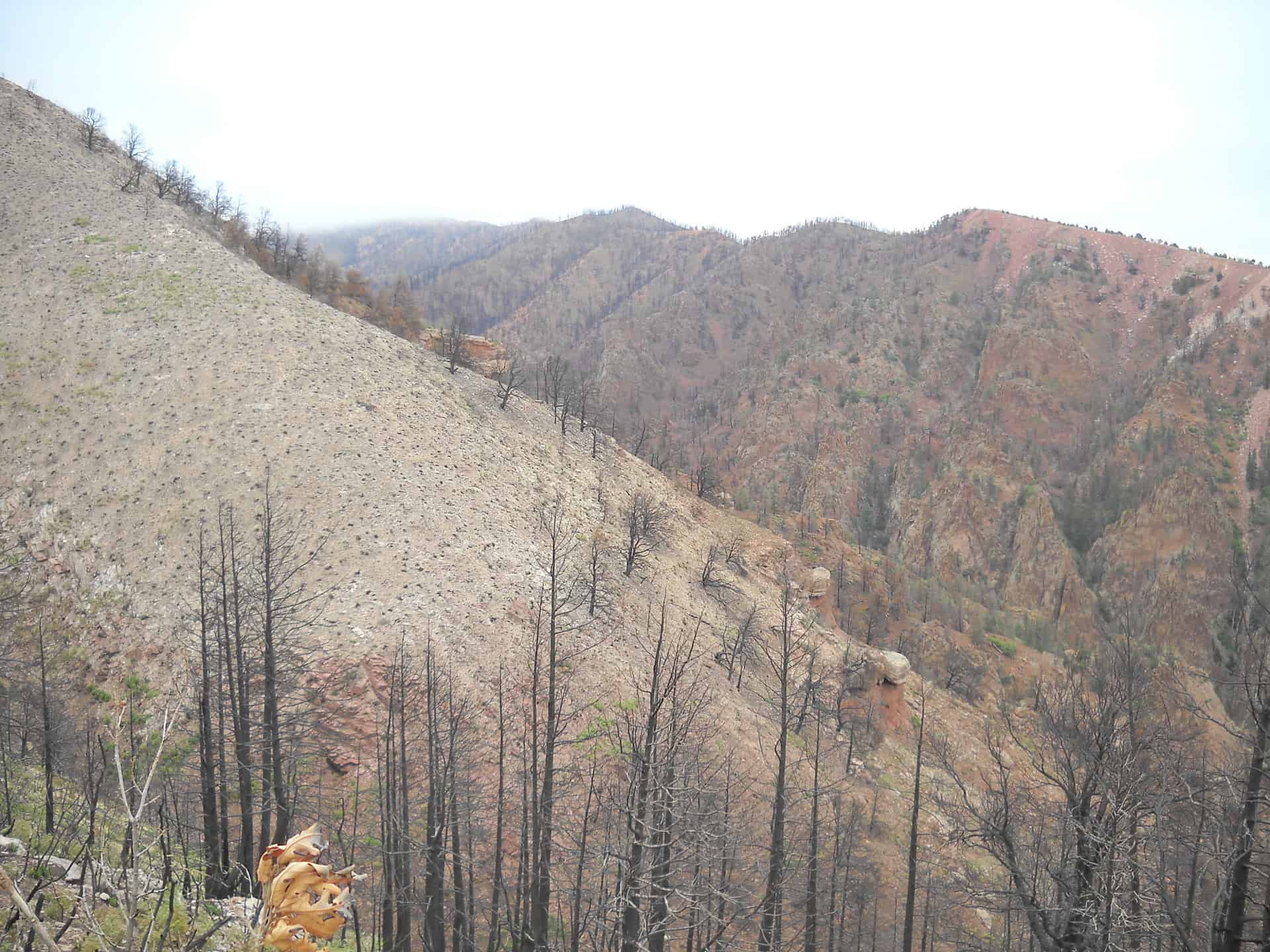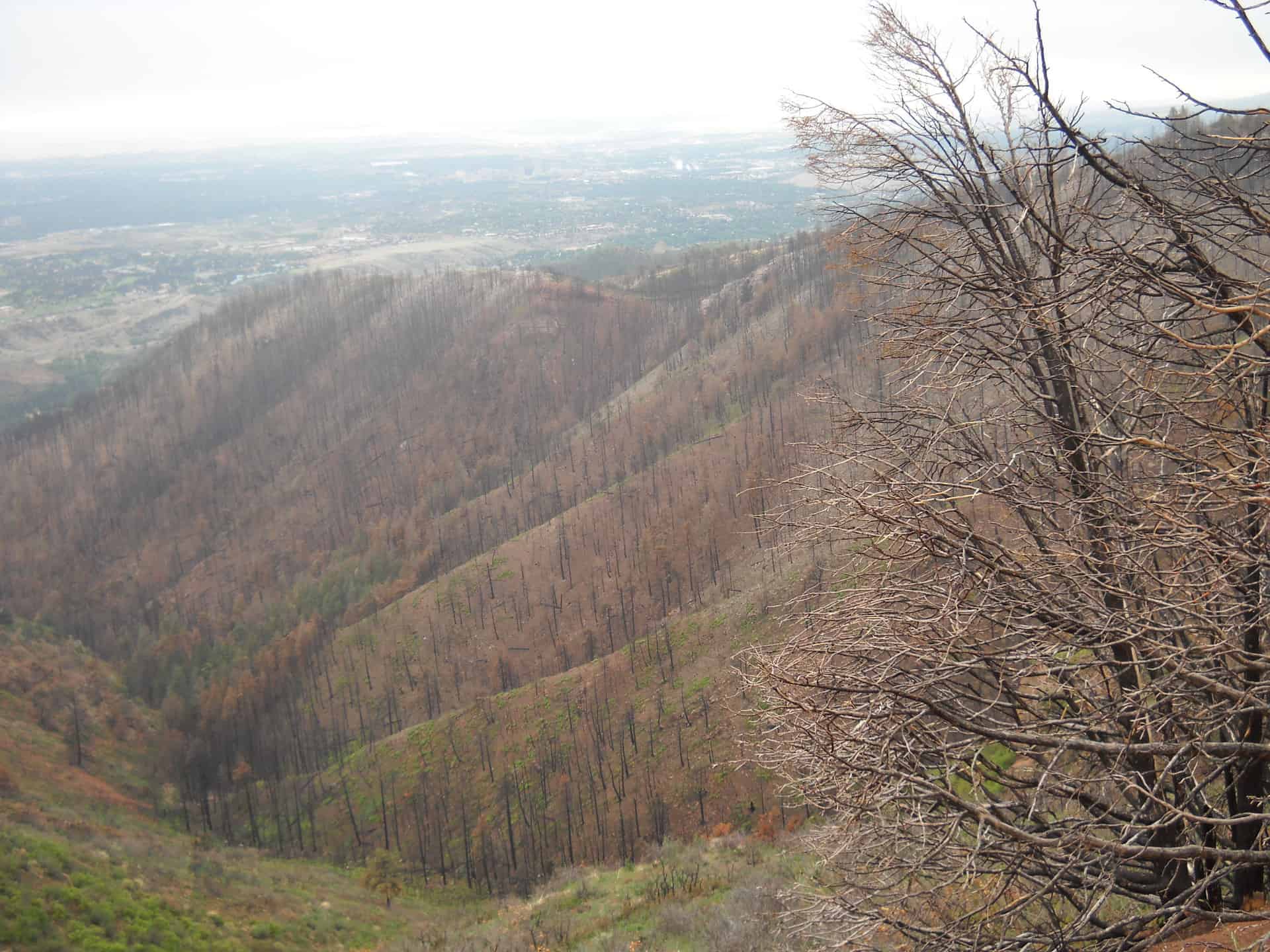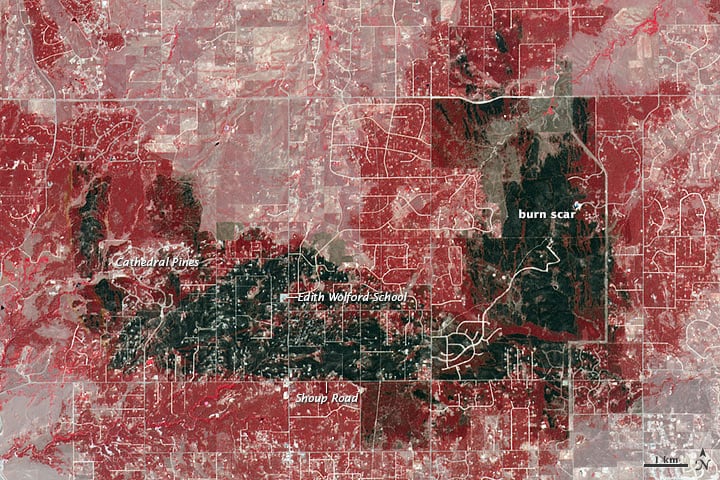Here is a recent press release, including requested Freedom of Information Act (FOIA) documentation, from the Center for Biological Diversity (CBD). I have to agree with Hartl where he quotes himself:
“The Fish and Wildlife Service’s actions demonstrate a near total lack of transparency and scientific integrity,” said Hartl. “If the Service had followed this same logic 20 years ago, there would be no wolves in Yellowstone National Park today — and no wolves roaming across the northern Rocky Mountains . . .”
I was unaware that all listing and delisting was legally required to be based on “the best available science,” as stated earlier in the release, but I agree with Hartl’s assessments of apparent agenda-based science driving USFWS policies. I also agree that if the USFWS had been transparent and openly political about the process of transplanting wolves into Yellowstone 20 years ago, they wouldn’t be there today. I’m on the side of the elk and local landowners on this one: contrary to Hartl’s concerns, I think that no wolves in those locations was mostly a good thing.
Here’s the Press Release:
For Immediate Release, June 27, 2013
Contact: Brett Hartl, (202) 817-8121
Endangered Species Act’s Science-based Mandate Sidestepped for Political Expediency
WASHINGTON— Documents obtained from the U.S. Fish and Wildlife Service through a Freedom of Information Act lawsuit show last month’s proposal to remove most federal protections for gray wolves was preordained three years ago in a series of meetings with state wildlife agencies.
Under the Endangered Species Act, decisions to list and delist species must be made solely on the basis of the best available science. In this case the newly obtained documents suggest the Service pushed ahead to delist wolves without scientific support in order to obtain a political outcome desired by state fish and game agencies.
Specifically, the documents show that the Fish and Wildlife Service constrained the possible geographic scope of wolf recovery based on perceptions of “what can the public tolerate” and “where should wolves exist” rather than where suitable habitat for wolves exists or what is scientifically necessary for recovery. The meetings left state agencies in a position to dictate the fate of gray wolves across most of the lower 48 states.
Documents Reveal State Officials, Not Scientists, Led Decision to Strip Endangered Species Wolf_FOIA_document_excerptsProtections From Wolves Across Country
“This process made a mockery of the spirit of the Endangered Species Act. These documents show that years ago the Fish and Wildlife Service effectively handed over the reins on wolf recovery to state fish and game agencies, many of which are openly hostile to wolves,” said Brett Hartl, endangered species policy director at the Center for Biological Diversity. “In order to ensure this politically contrived outcome, the Fish and Wildlife Service has spent the past three years cherry-picking scientific research that justifies the predetermined outcome that wolves don’t need protection anymore.”
In August 2010 officials from a select group of state fish and game agencies were invited to a week-long workshop at the Fish and Wildlife training center in West Virginia to effectively decide the future of gray wolf recovery in the United States. The decisions made at the meeting were largely adopted in the agency’s June 2013 proposal to end federal protections for gray wolves across most of the lower 48.
As part of this process, the Fish and Wildlife Service also excluded any consideration of further protection for wolves in Colorado and Utah for either gray wolves coming from the north or Mexican wolves coming from the south. This was based solely on the opposition of the two states’ wildlife agencies and despite extensive wolf habitat in the two states. The documents also show that Fish and Wildlife promised that the input of state wildlife agencies “with a cooperative management role” would be given greater weight in any future decision-making and that it would develop a wolf delisting rule to “implement [the] understanding” reached at the 2010 meeting.
“The Fish and Wildlife Service’s actions demonstrate a near total lack of transparency and scientific integrity,” said Hartl. “If the Service had followed this same logic 20 years ago, there would be no wolves in Yellowstone National Park today — and no wolves roaming across the northern Rocky Mountains. The Service needs to go back to the drawing board and let the scientific facts guide how to recover wolves across the millions of acres of suitable wolf habitat remaining in the western United States and the Northeast.”
The Center for Biological Diversity is a national, nonprofit conservation organization with more than 500,000 members and online activists dedicated to the protection of endangered species and wild places.
